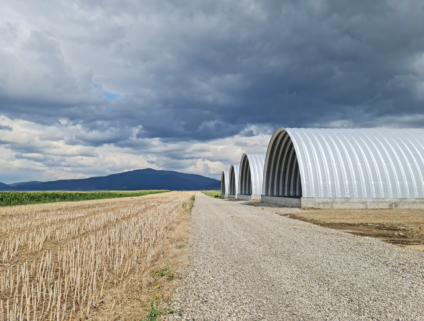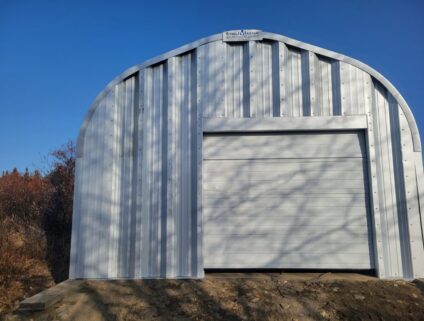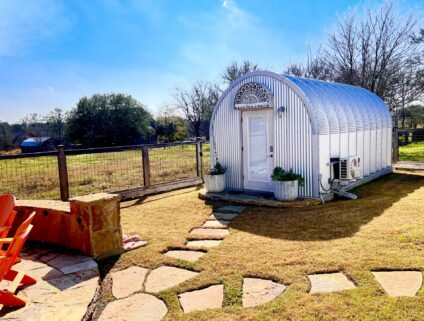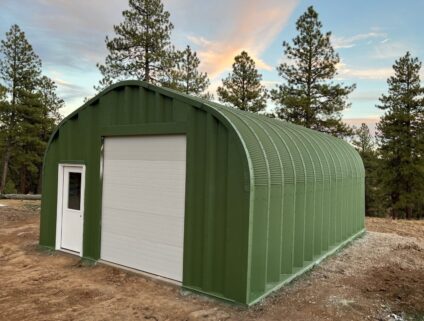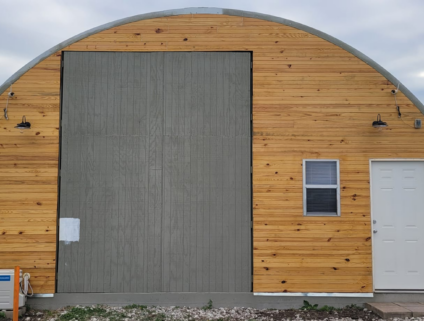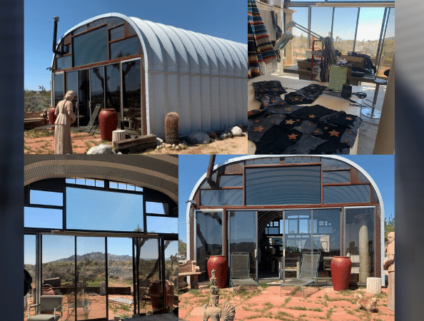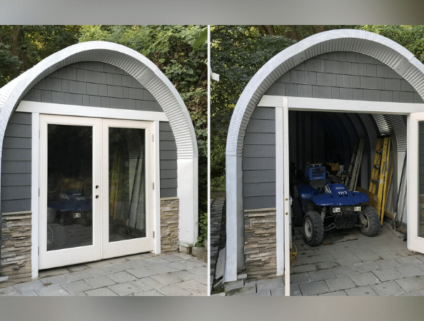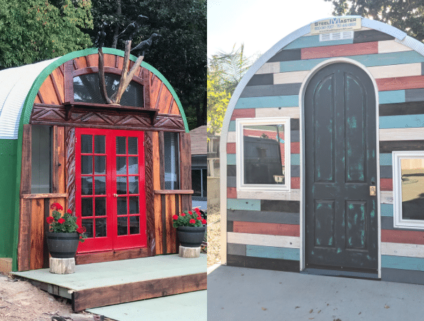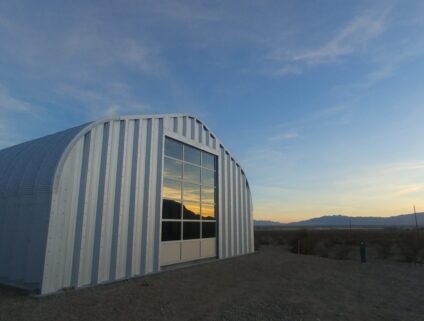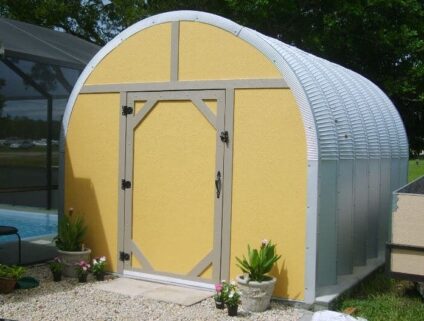Building A Backyard Vineyard With A Rosé Outlook
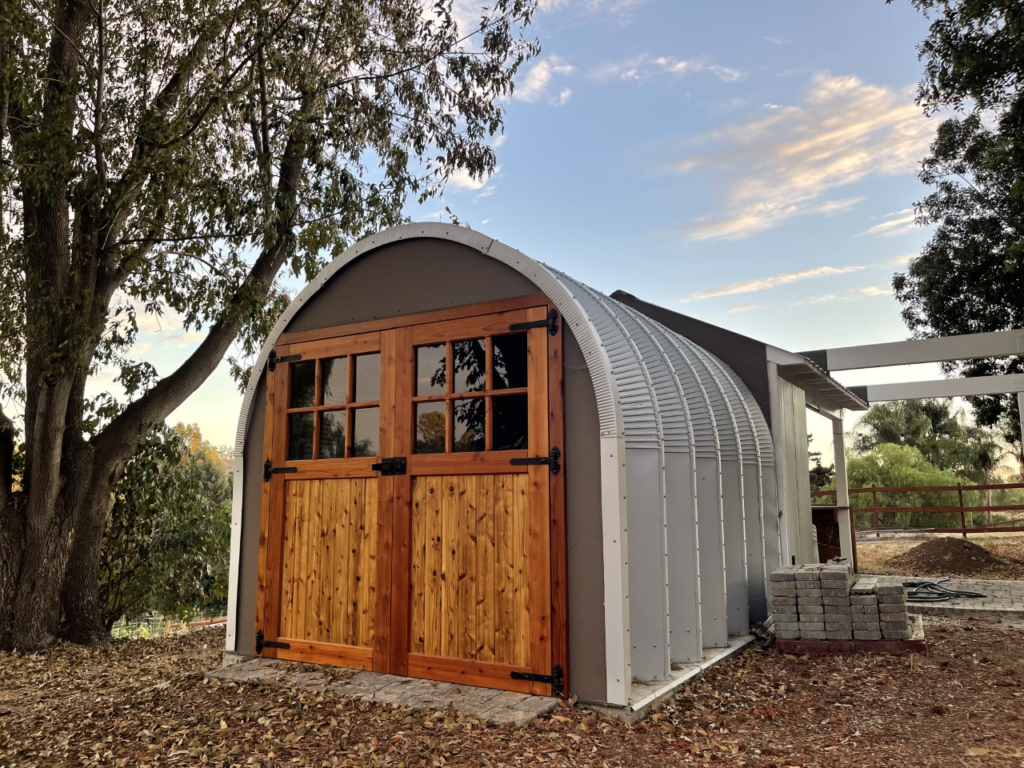
Imagine retiring from a long, fulfilling career as a math teacher, only to embark on an entirely new adventure—creating a small backyard vineyard. This is precisely what Grethe W. and her husband did, transforming their 1.8-acre property in Ventura County, California, into a thriving backyard vineyard.
Start With The Basics: Climate, Soil & Grapes
Grapes don’t grow well everywhere and regional differences between wines can be quite pronounced due to the combination of climate, soil and the grape variety. For Grethe, she knew the temperate climate of Ventura County and that her property’s soil had the right qualities that would be great for wine grapes.
While Ventura County isn’t known for its wine, its climate lends itself to wine production nicely. It has warm weather, with the right amount of rain, and is granted a cooling effect from the ocean – chilling the grapes at night to further develop flavor.
The soil on Grethe’s property is also conducive to growing great grapes. Good soil for grapes balances several different factors: good drainage but can retain water for the roots, retains heat but doesn’t scorch the vines, rich in nutrients but also a balanced pH level (pH 7, neutral).
Grethe and her husband decided to plant Syrah grapes as a test the first year and when those grapes flourished added Grenache grape vines to the vineyard. They both love gardening, being outside and a good bottle of wine so they were ecstatic about their homemade vineyard project.
Grethe recalls the excitement and chaos of their first harvest. “I broke my collarbone trying to get pictures,” she laughs. “I put my foot through a loop in the hose and never made it to the transfer site.” Despite the mishap, the harvest was successful, resulting in 24 cases of a delightful field blend of rosé.
Grow The Operation: Turning Grapes Into Wine At Home
Winemaking at its core is a “simple” process:
- Plant, maintain and grow grapes
- Harvest and prepare grapes to be processed
- First fermentation of crushed grapes
- Press grapes into juice
- Second fermentation
- Rack (remove sediment) and age the wine
After her experience, Grethe will tell you that this “simple” process is anything but simple, even in your backyard! Just growing the grapes requires you to build a trellis system, some type of irrigation and regular maintenance. Add to that the proper equipment needed, like a wine press, fermentation vessels, airlocks, sanitation equipment, and bottling equipment, just to name a few, along with the know-how of using the equipment optimally and winemaking can become an in-depth endeavor.
That said, for a wine-lover who enjoys nature and a fun challenge, it’s the perfect hobby. And if you’re anything like Grethe and her husband, it could go from a hobby to a small business. Though it’s taken them time to care for the grapes and they’ve had to learn a lot about the finer points of winemaking, the taste of their homemade rosé makes it all worth it.

Future Plans: From Backyard Winemaking To Vineyard
Currently, the vineyard is a personal project. However, Grethe and her husband plan to slowly expand their operation and eventually obtain a liquor license to sell their wine. To get there Grethe have a prioritized checklist for what they’d need. This includes things such as:
- Scaling up production by adding more vines
- Establishing quality control measures
- Adding additional buildings to the vineyard
- Obtaining proper licensing and approval to sell wine
Currently, on the property they have their house, the vines, and a 10’W X 10’H X 12’L multipurpose storage building, which had space for the Kubota and extra room for mowers and shelving. They would need more buildings to scale up their operations.
Expanding Winemaking Capabilities
They’re considering expanding beyond their storage shed by adding other buildings to increase their wine output. Done efficiently, the average acre of vines can yield 4 tons of grapes which will produce 640 gallons of wine (260 cases, 3,120 bottles), so if they need to they can add several additional winemaking buildings to the property. They’re considering buildings such as:
- Main wine production facility
- Cellar or barrel room storage
- Bottling and packaging facility
- Equipment storage
Grethe chose a SteelMaster storage building because it offered the most versatile and strongest storage for the best value possible.
“We bought from SteelMaster because you had the widest choices of products, you were a reputable company, and we liked what we saw,” says Grethe.
For all their buildings as they expand their operation, they’ll need a customizable solution that’s easy to assemble and will last for decades so choosing a Quonset will be the obvious choice. Quonset huts from SteelMaster offer her several advantages:
- Customizable Sizes and Dimensions – Great for Grethe because she can design and build to meet the exact needs of her vineyard as it grows. The SteelMaster team also offers support post-purchase if needed and is always available for help in building design.
- Ease Of Assembly – Grethe hired their trusted contractor, Steve, along with his brother and nephew, to construct their SteelMaster building. After pouring a concrete slab, the basic Quonset hut was assembled in just three days. Steve and his team also added a patio, roof structure, and French doors, enhancing the building’s functionality and aesthetics. Steve even crafted custom carriage doors, adding a personal touch to the storage building. They could easily repeat this process for future buildings.
- Durability Of Buildings – Craig Brookey and the SteelMaster team that worked with Grethe are available to make sure the building meets the code and load requirements of Ventura County while offering a 50-year guarantee on a building that is termite, rodent, and disaster resistant.

